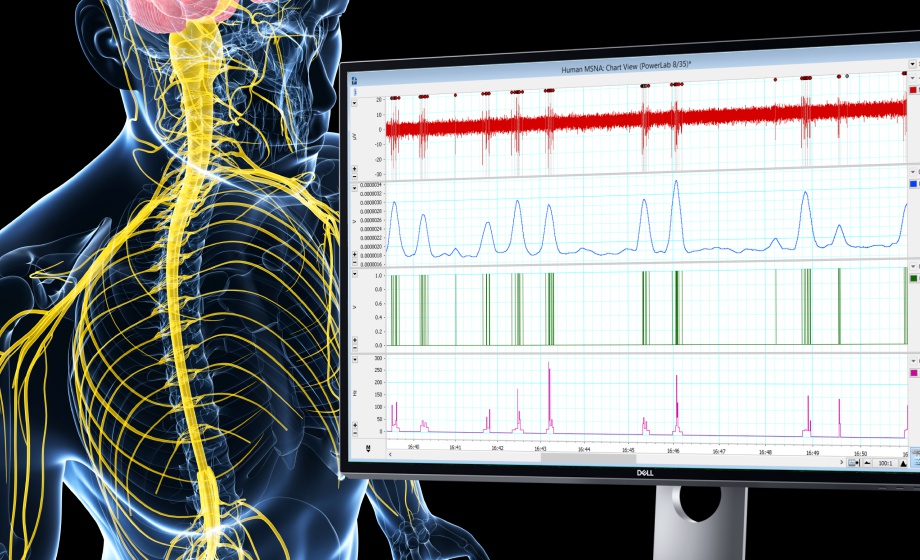Q&A Report: Measuring and Quantifying Sympathetic Control of the Cutaneous Microvasculature
How does SSNA differ among diabetic and non-diabetic subjects?
To our knowledge, no one has examined SSNA responsiveness to thermal stimuli in adults with diabetes. We have published data suggesting an augmented SSNA response to whole-body cooling in middle-aged hypertensive adults.
Does shivering interfere with recording during cooling?
Yes, shivering is very problematic for microneurographic recordings. We have designed our cooling protocols to reduce skin temperature to 30.5°C, which in the majority of people does not cause shivering.
Can these measures be used to quantify physical effort or cognitive effort?
Because SSNA is highly responsive to arousal stimuli, investigators have examined SSNA responsiveness to emotionally-charged images. Vaughan Macefield has several publications in this area.
Any thoughts on non-invasive sensors for recording SSNA?
In the literature, oftentimes the sweating and/or skin blood response to whole-body heating is assumed to be reflective of the degree of neural outflow to thermoeffector organs, in effect serving as an indirect proxy for direct recordings of SSNA.
Which thermal stress was it that you mention causes SSNA to look more like MSNA? Also, is SSNA similar between different limbs during simultaneous recordings, if these have ever been done?
In our hands, during whole-body heating, bursts of SSNA appear morphologically similar to bursts of MSNA. To our knowledge, no studies have simultaneously recorded upper and lower limb SSNA during thermal perturbations.
